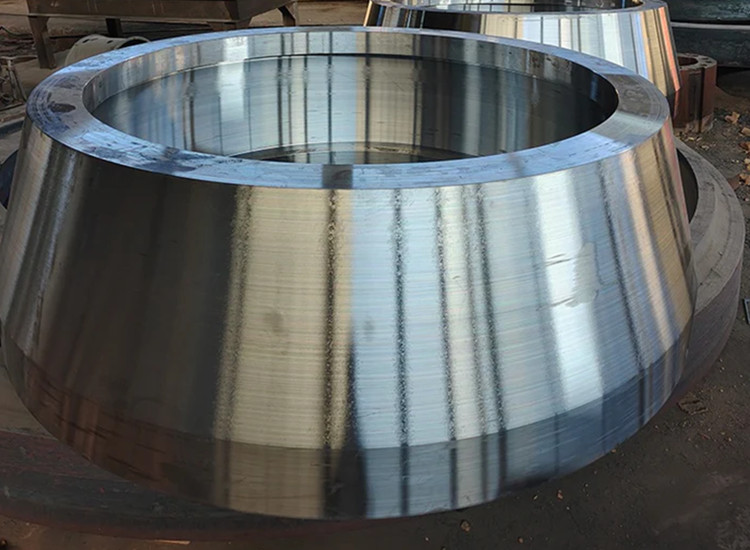- tyler@kirail.com
- +86 15603721115
The tools and equipment used for free forging are simple, universal and low-cost. Compared with cast blanks, free forging eliminates defects such as shrinkage, shrinkage, and pores, making the blanks have higher mechanical properties, simple forging shapes, and flexible operation. Therefore, it is particularly important in the manufacture of heavy machinery and important parts.
Free forging controls the shape and size of forgings by manual operation. The forging precision is low, the processing allowance is large, the labor intensity is high, and the productivity is not high. It is mainly used for single-piece and small-batch production.

1. The blank size and intermediate size must meet the operating points of each process, such as the height-to-diameter ratio (H/D) of the material before upsetting is 2-2.5, and the empirical data of cross-section transformation during drawing.
2. The change of blank size needs to be estimated during the forging process. For example, the blank height should be reduced during punching, generally 1.1 times the height of the forging; when the mandrel expansion height increases.
3. When making segmented indentations, it is necessary to ensure that each part of the forging has sufficient volume. For example, when making step shafts, crankshafts or gear hub blanks, the volume distribution of each part must be done well.
4. When forging with multiple fires, it is necessary to pay attention to the possibility of heating once in each fire in the middle. If the forging is too long at the beginning, the furnace size will not be enough to put in the long forging during the second heating. In order to ensure the size and quality of the forging, special attention should be paid to the deformation of the last fire and the control of the temperature of the last first forging and final forging.
5. It is necessary to ensure that there is sufficient trimming allowance after forging and finishing. Attention should be paid to:
1) Since the blank is stretched and shrunk during the shouldering, displacement, punching and other processes, the trimming allowance must be reserved in the intermediate process;
2) Forging long shaft forgings (such as crankshafts, etc.) and forgings with concave blocks, because their length dimensions cannot be upset again, it must be estimated that the length dimension will be slightly extended during trimming, resulting in out-of-tolerance.
6. When selecting tools, general tools should be used as much as possible. When the production batch is large, special tools or dies can be made to improve the quality and output of forgings.
7. Select the existing equipment in the workshop according to the size and quality of the blank.